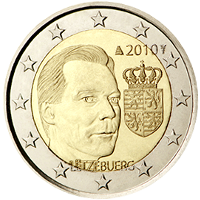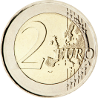 |
C o m m e m o r a t i v e C o i n s |
||
 🔎
🔎 |
 |
Germany | 29 Jan. 2010 | Bremen (City Hall and Roland) 5th coin in the Federal States series |
20001 20002 20005 |
30,925,630 |  |
‐ ‐ Originally, only the Bremen town hall was to appear on the coin. |
|||||||
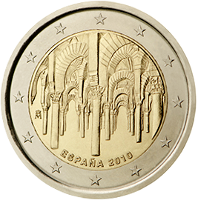 🔎
🔎 |
 |
Spain | 03 Mar. 2010 | Historic Centre of Córdoba (Mezquita‐Cathedral) 1st coin in the UNESCO World Heritage Sites series |
20001 20002 20005 |
4,000,000 |  |
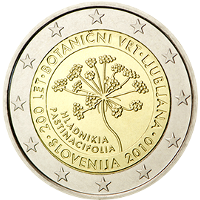 🔎
🔎 |
 |
Slovenia | 10 May 2010 | 200th anniversary of the Botanical Garden of Ljubljana |
20001 20002 20005 |
1,000,000 |  |
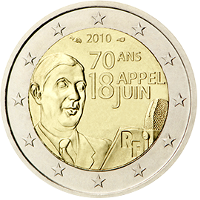 🔎
🔎 |
 |
France | 25 May 2010 | 70th anniversary of the Appeal of June the 18th 1940 by de Gaulle |
20001 20002 20005 |
20,032,000 |  |
 🔎
🔎 |
 |
Belgium | 11 Jun. 2010 | Belgian Presidency of the Council of the European Union |
20001 20002 20005 |
5,012,000 |  |
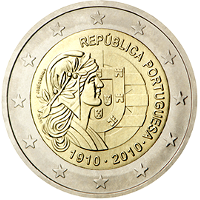 🔎
🔎 |
 |
Portugal | 07 Sep. 2010 | Centenary of the Portuguese Republic |
20001 20002 20005 |
1,035,000 |  |
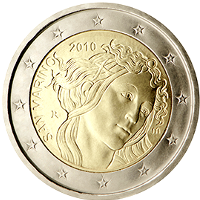 🔎
🔎 |
 |
San Marino | 07 Sep. 2010 | 500th anniversary of the death of Sandro Botticelli |
20001 20002 20005 |
130,000 |  |
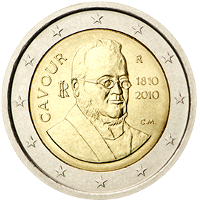 🔎
🔎 |
 |
Italy | 24 Sep. 2010 | 200th birthday of Camillo Benso, conte di Cavour |
20001 20002 20005 |
4,000,000 |  |
 🔎
🔎 |
 |
Vatican City | 12 Oct. 2010 | Year of Priesthood |
20001 20002 20005 |
111,000 |  |
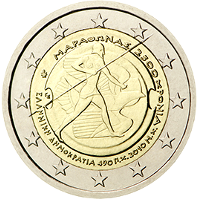 🔎
🔎 |
 |
Greece | 25 Oct. 2010 | 25th Centenary of the Battle of Marathon |
20001 20002 20005 |
2,500,000 |  |
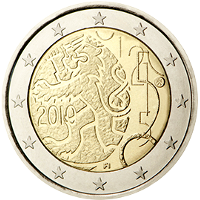 🔎
🔎 |
 |
Finland | 11 Nov. 2010 | 150 years finische Currency |
20001 20002 20005 |
1,600,000 |  |
| ⇓ 2011 ⇓ |
| References : | |||
| 20001 | Images taken with authorisation by the ECB ‐ Mail dated 20.Feb.2020 © "European Central Bank" |
20002 | Data mirrored from Wikipedia Page "2_euro_commemorative_coins" with friendly support of the guardians of that page. |
| 20003 | Not Applicable | 20004 | Coloured version of this Commemorative Coin in circulation EU‐legal‐technical specifications do not recongnise colour prints, but the EU is tolerate them, due to the facts that their numbers are very small and that they are sold in special packs and therefor are very unlikely to be used as currency. |
| 20005 | enlarged Images taken with authorisation by Gerd Seyffert © "Gerd Seyffert 2021" |
20006 | Not Applicable |
 |
